The burci and river navigation
The Burcio
The burcio was a large boat whose flat bottom extended to the top end of the prow. Solidly built, it was used for transport in the lower Po Valley, mainly on the Veneto canals, the Po as far as Pavia and the Po di Volano as far as Ferrara. It was built at Chioggia, Padua, in the Delta and at Adria and varied greatly in size, with a capacity of between 35 and 180 tons. With two hinged masts and lugsails, the smallest at the stern, the burci sometimes crossed the sea between one river mouth and another. Given the dimensions, during construction the burcio could not be turned upside down to clad the bottom and was therefore tilted first to one side then the other to have room to plank the bottom. It measured a maximum of 35 m long by 6.5 m wide, with an immersion fully loaded of 1.70 m.
The burcio was a flat bottomed boat for river navigation, particularly for transporting goods. Built using hard wood to give the main structures the necessary resistance to water and soft more elastic wood for parts at risk of impact, it had a draft fully-loaded of about two metres. Construction of the burcio also included the living quarters, storage areas at the prow and stern and provision of all the equipment.
The outside of the hull immersed in the water and impregnated with pitch was black while the sides were brightly coloured and sometimes decorated. The three men required to navigate the burcio were the paròn, the marinéro and the morè. The paròn was the captain, the marinéro (sailor) performed the manoeuvres and the morè (ship's boy) was in charge of meals and cleaning. Two narrow four-sided openings (fondèi) with a wooden hatch in the deck planking, one in the front and one at the back, provided access to the below decks area at the prow (sòto pròa) or stern (sòto pupa) where the cabins for the boatmen and captain were situated. The burcio was everything - home and tool of work. Despite the cramped space, the crew lacked nothing. The accommodation at the prow was reserved for the boat's captain, the "paròn", as custom demanded, a sign of respectful distinction. The sailor and cabin-boy lived sòto pròa, in other words, at the front of the boat. They rested in berths, protected as far as possible from the damp by waxed canvas. This precaution was however often in vain and the crew were frequently soaked while they slept... and sleeping with wet blankets, particularly in the winter maybe after rain had penetrated the cracks between the planks was not a pleasant experience. It did not however take long to warm up. The wood-burning stove provided warmth. A recent invention, the stove replaced a sort of square brazier with a base made from iron or sometimes wood spread with a layer of gravel or sand on which a fire with a naked flame was lit. Soon the smoke given off spread through the cabin until it reached "el fondeéto", an opening in the deck planking. The raw material used as fuel for this rudimentary brazier (foghèra) was not hard to find along the banks of the Sile.
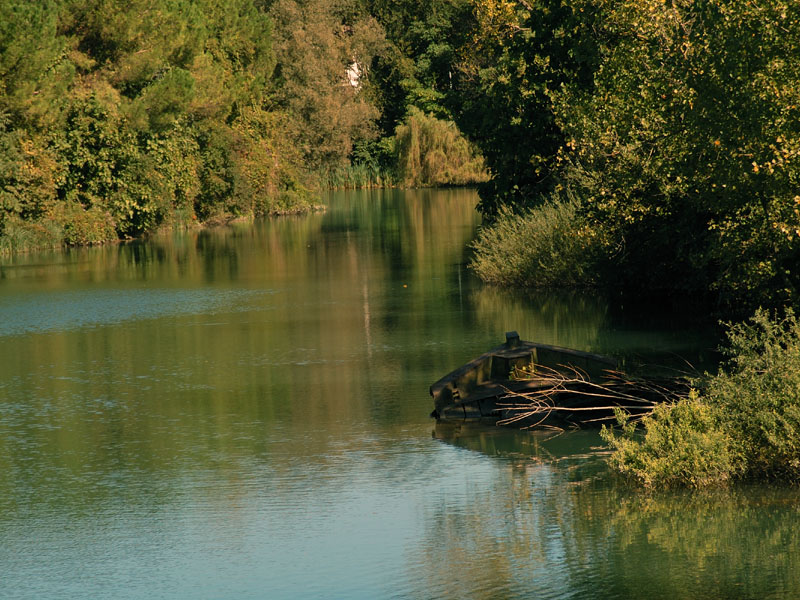
Burcio (boat relict) between Sant'Elena and Lughignano
(photo by: Gianfranco Speranza)
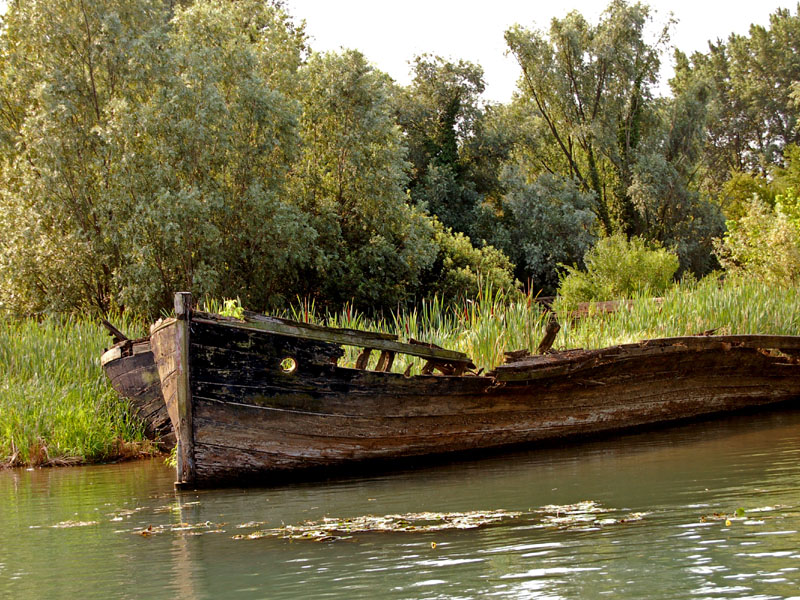
Burci Cemetery
(photo by: Gianfranco Speranza)
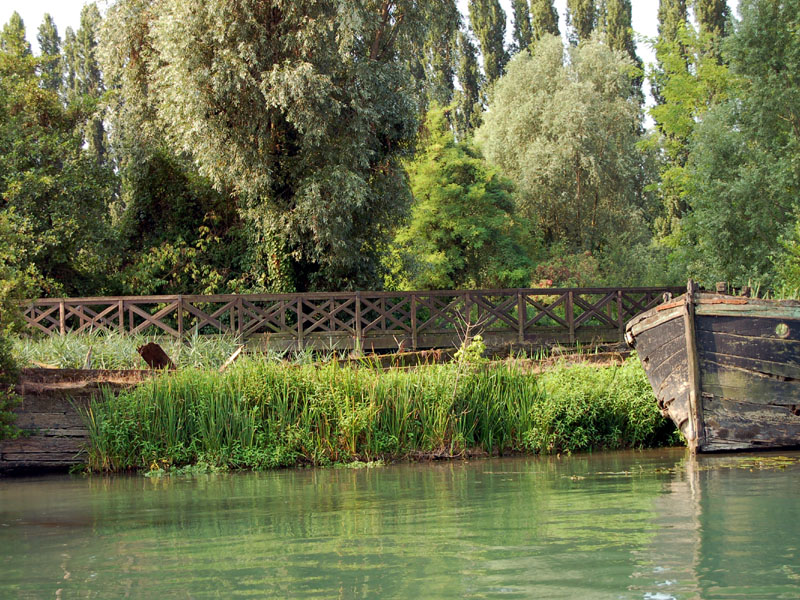
Boats Cemetery
(photo by: Gianfranco Speranza)
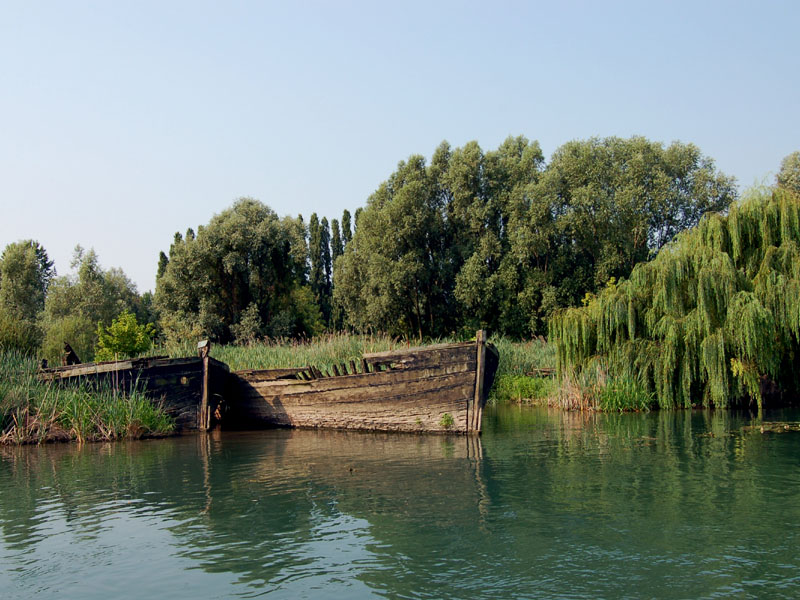
Boats Cemetery
(photo by: Gianfranco Speranza)
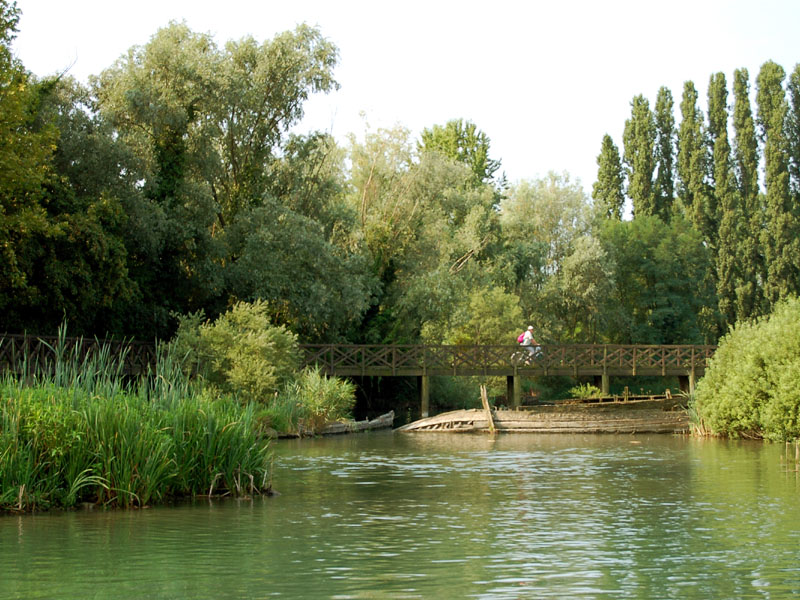
Boats Cemetery
(photo by: Gianfranco Speranza)










